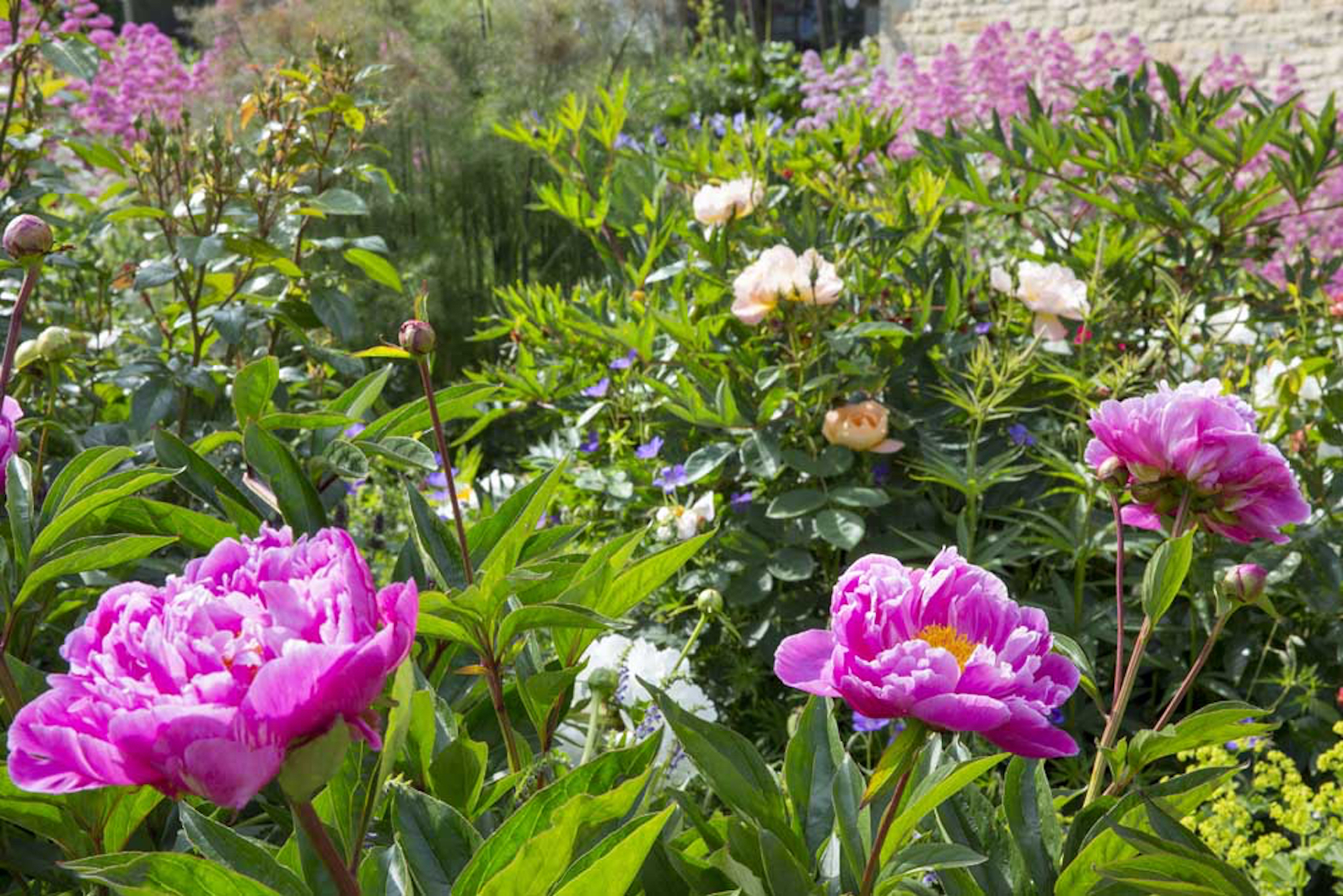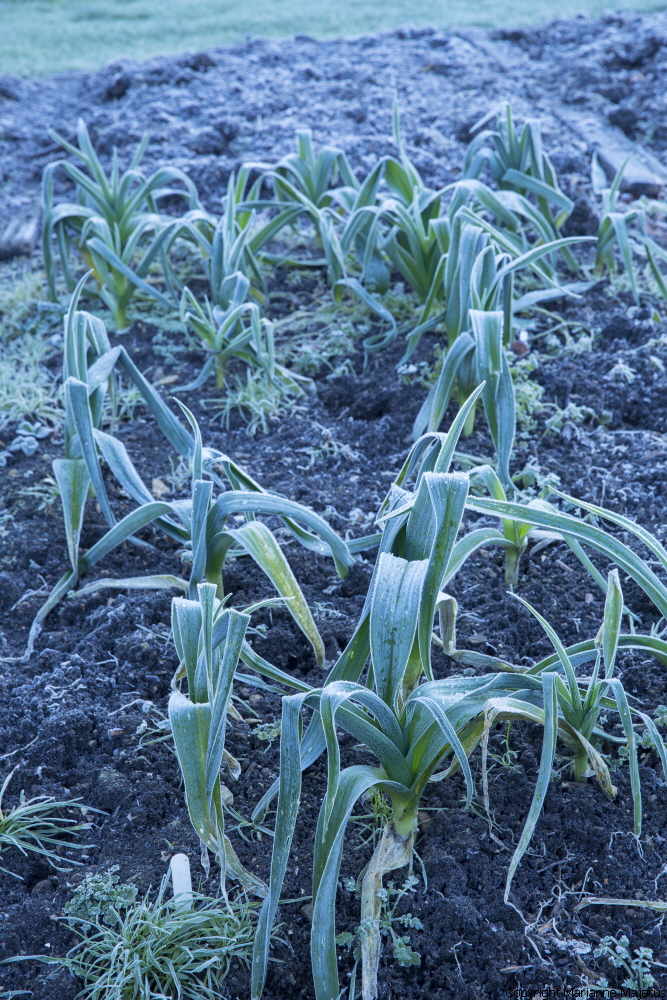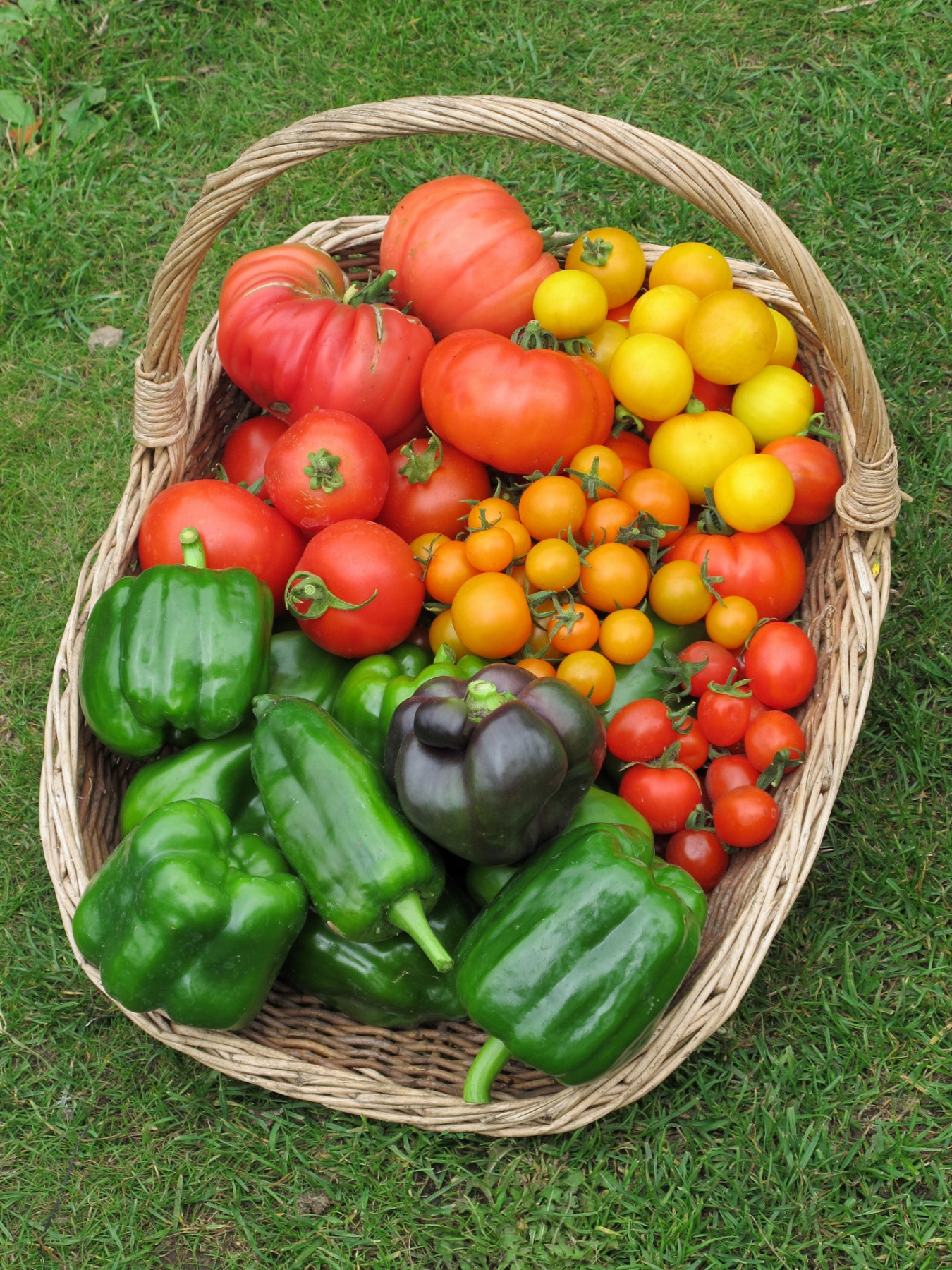
Myth and magic are woven through gardening, like multicoloured ribbons round a maypole. Folklore is handed down through the generations. My grandmother told me, quite explicitly, that potatoes must be planted on Good Friday and that leeks must have their roots trimmed, having learnt it from her father, little knowing that her ideas went straight back to the 1st century BC or earlier.
In those days, some two thousand years ago, most horticultural and natural texts were written by observant scholars, rather than those at the sharp end! Gardeners with muddy nails were considered illiterate sons of the soil – as many think we still are. Those able to write, recorded general life and reported on what went on, rather than understanding the processes or, God forbid, actually getting their hands dirty. A lot was lost in transaltion!
Take Pliny the Elder (AD 23-79), for instance, the Roman naturalist and philosopher who compiled Naturalis Historia, published just before his death in 79 AD. Pliny subdivided his subjects into animal, vegetable and mineral, just like that old radio quiz programme. His Naturalis Historia is divided into 37 books and is the largest work to survive from the Roman Empire. Curiosity got the better of him though. Pliny the Elder met an untimely end when he set out to investigate a strange umbrella-shaped cloud near Pompeii – rather like an ancient-world John Simpson on the hunt for the latest news. It had deadly consequences, he was consumed by the eruption of Mount Vesuvius whilst at sea.
A lot of Pliny’s words on gardening had already been expressed by his contemporary, Columella (AD 4-70), who wrote about agriculture in De Re Rustica. Both Roman writers borrowed heavily from Theophrastus (371-287BC), an Ancient Greek philosopher who worked with Aristotle and Plato. Known as the “father of botany”, he wrote Inquiry into Plants and On the Causes of Plants, creating the first systematic approach to botany.
Pliny’s Naturalis Historia was one of the first books to be printed in England, in 1469. The first British gardening book, The Gardener’s Labyrinth by Thomas Hill, wasn’t published until 1577. Hill delved into Pliny and Columella, describing his own book as a “most briefe and pleasaunte treatyse, teachynge how to dresse, sowe, and set a garden”. Hill drew heavily on previous writers and passed on superstition, misinformation, myth and strange practices, some of which are still with us today.

If you still cut the roots from your leeks before planting, for instance, that’s down to Columella’s advice. Leeks were a popular vegetable with the Romans and Emperor Nero was nicknamed Porophagus (leek eater). It’s said that he ate them every day to improve his voice. Phoenician traders are said to have introduced leeks into Wales. Legend has it that in 640AD, the Welsh wore leeks in their hats to distinguish themselves from the Saxon enemy during a battle. It’s now the National emblem.
The leek was seen and healthy and purgative, although modern F1 varieties such as Oarsman are far kinder on the tummy folks! When it comes to cutting off the roots, Belgian research from 2002 has shown that this practice reduced yields. In other words, it’s Roman tosh!
Planting potatoes on Good Friday is another hoary old chestnut that began in Elizabethan times when religious strife was common. Spuds originated in the high Andes of South America and arrived in England in 1585. They weren’t mentioned in the Bible so people reasoned that they were the Devil’s food. In order to fight the Devil, Elizabethan gardeners planted them on Good Friday, after a liberal sprinkling with Holy Water. After all it was the holiest day of all. The tradition remains and explains why so many gardeners have their potatoes blasted by frost. Easter is a moveable feast so the date can differ by up to five weeks. Mid-April is safer in my cold garden – and probably in yours.
Tomatoes hail from South America as well and the English word ‘tomato’ comes from the Aztec word ‘xitomatl.’ When tomoaties arrived in Europe in the 16th century they were admired for their foliage and small decorative fruits. They were thought to be poisonous, because the small red fruits resembled those of deadly nightshade and mandrake. Their Latin name, Lycopersicon, means ‘wolf peach’, and poison apple was one old name English name. The surgeon and naturalist John Gerard (1564 -1637 ) called them rank and stinking.
Thomas Jefferson 1743 – 1826), the third American President, was a tomato pioneer. He raised and ate tomatoes in the 1700s when many considered them poisonous. Although Jefferson was not a vegetarian, he lived temperately and ate mainly vegetables. This pioneering gardener grew most of his own edible produce in a thousand-foot long productive garden at Monticello near Charlestown in Virginia. His crops included tomatoes, peppers and aubergines.
Opinions about tomatoes changed in America after Colonel Robert Gibbon Johnson publicly ate a basket of raw tomatoes on the steps of the Old Salem County Courthouse in 1820, watched by a crowd of 2000. The local Fire Brigade band played a funeral march, but changed their tune to a livelier one as time went on. He stood there long enough for people to realise that he wasn’t about to drop down dead, before marching off. I hope your Hartley greenhouse contains some home-grown tomatoes. I’m growing the orange cherry ‘Sungold’ , a medium red called ‘Akron’ and plenty of beefsteaks for home-made passata. They’re all in large plastic pots on the ground. Terracotta may look more decorative, but it dries the roots.
As many of you may know, I love peonies, and have large collection. Many a gardener still believes that they can’t be moved and this is another ancient myth from Theophrastus, an Ancient Greek who died in 287 BC. Peonies were considered the most powerful plant of all and they took name from Paeon, Greek physician to the Gods. Theophrastus faithfully recorded that if you were seen near this all-powerful plant in daylight, especially if you were trying to dig it up, a woodpecker would peck out your eyes. Pliny faithfully reiterated this nonsense in his Naturalis Historia. Peonies will move and divide, but the best time is in October because they begin to go dormant in August. By October they are fully dormant. It’s essential to get the tubers only two inches below the soil’s surface. Bury them deeply and they’ll refuse to flower.

More modern myths include starving agapanthus in order to get them to flower. This was trotted out recently on Gardeners’ World ( you might have heard me scream) and it’s completely wrong. Anyone who has visited South Africa has seen agapanthus close to watercourses. They enjoy rain and this prompts growth. The more deciduous ones ( tending to be raised from species close to the Eastern Cape ) get more rain in summer and a cooler climate The evergreen ones ( from species on the Western Cape ) get winter rainfall and hot, dry summers. Most wild agapanthus get a rainy season that can deliver up to 60 inches of rain on them in three months.
Mine agapanthus are in large terracotta pots because this raises them higher and makes them more spectacular. My favourites include the navy-blue flower-packed ‘Alan Street’, the wonderful deep-blue ‘Northern Star’ and the later mauve ‘Tarka’. I also grow a large-flowered agapanthus named ‘Hole Park Blue’ that’s been grown on the Hole Park Estate in Kent for a hundred years and the sterile flowers are huge – although you don’t get many of them. A good range can be found at Hoyland Plant centre – www.somethingforthegarden.co.uk Avon Bulbs sell ‘Alan Street’, the only midnight-blue that produces lots of flowers. We lavish attention on ours and they are show stoppers!
It’s indisputable. Agapanthus flower better when watered and fed well, between April and late August. Liquid tomato feed can be applied every fortnight. Once September comes, ease off on the feeding and watering. An agapanthus lookalike, Tulbaghia ‘John May’s Special’ has also continued flowering until November under glass. Tall rubbery stems are topped by mauve flowers. Move them under cover in October, in your greenhouse. If you don’t have one, lay the pots down horizontally to prevent winter wet form getting into the roots.



